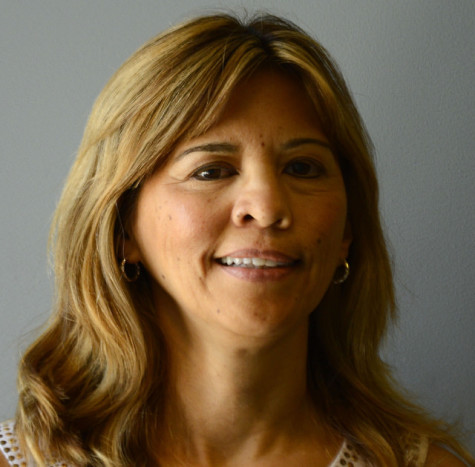You choose: cheap gas or clean water
November 14, 2014
Californians have a growing thirst for cheap gas and clean drinking water, but unless we rein in the current fracking boom, our thirst for clean water may soon go unquenched.
Fracking is the controversial process of blasting highly pressurized sand, chemicals and water deep below the earth’s surface to fracture rock and get at fuel trapped inside. This cutting edge technology provides access to previously unreachable deposits and energy companies are grabbing up leases.
Supporters claim that increased fuel production made possible by fracking can lead the country to energy independence and a recent study by the International Energy Agency states that fracking is driving down U.S. gas prices.
But the true cost of fracking far outweighs anticipated benefits. According to the Center for Biodiversity, evidence is mounting that toxic chemicals used in fracking are making their way into aquifers and drinking water. Accounts of such occurrences are rampant throughout the East and Midwest.
Now it’s happening in our own back yard. ProPublica reported that in July, state officials ordered an emergency shutdown of 11 oil and gas waste injection sites due to evidence suggesting companies were pumping toxic fracking waste into drinking water aquifers.
These are just the ones we know about. Since well inspections began less than a year ago, hundreds of sites have yet to be checked.
But it’s not just intentional pollution causing problems. A recent study at Stanford University cites compromised well integrity as the source of most fracking leaks.
“The real threats are failures in the steel and cement casings of wells,” the researchers reported. “Studies have shown that casings fail between one and 10 percent of the time.”
One of the country’s most coveted fracking prospects is California’s Monterey Shale reservoir. Much of it lies directly below the fertile Central Valley, which produces more than 80 percent of the nation’s food supply. Still, fracking continues to expand here, where farmers rely heavily on underground aquifers to survive water shortages like the current drought.
Despite the risk it poses to our most valuable resource, fracking continues to expand throughout the state with minimal oversight. California Senate Bill 4, passed in September 2013, requires limited monitoring and public information.
A more potent bill, which would have stopped fracking until the state had time to fully understand its risks, failed to pass the Senate in July. This is despite public polls showing a majority of California voters support a fracking halt. It seems California legislators prefer a wait and see approach.
But we can’t afford to wait. Once our water aquifers are poisoned, there’s no turning back. If fracking continues its free-for-all operations, millions of Californians could be left without clean drinking water.
The time to act is now, by pressuring our legislators and reducing our own fuel consumption. We can wean ourselves off of fossil fuels, but can we wean ourselves off of water?






































































